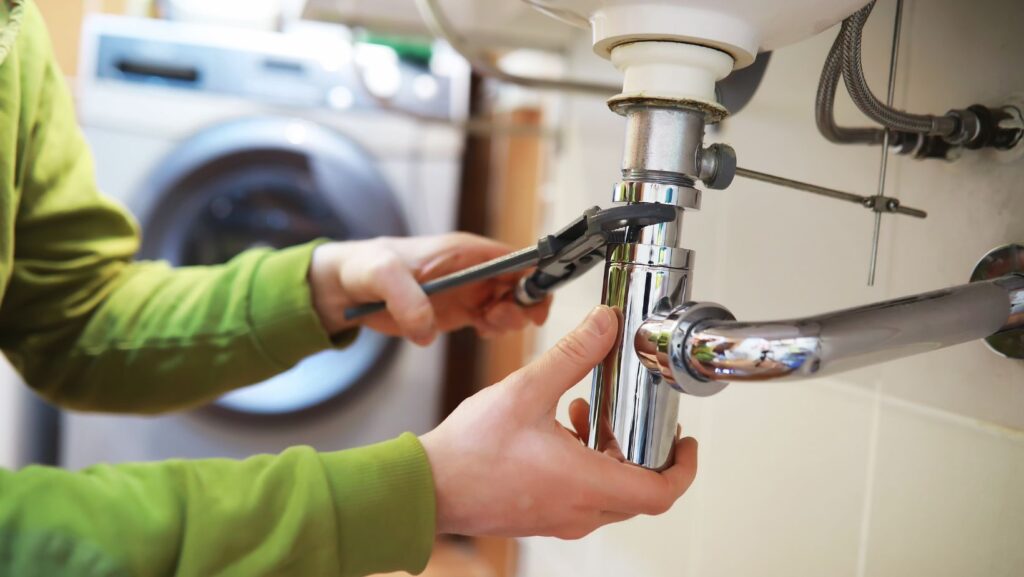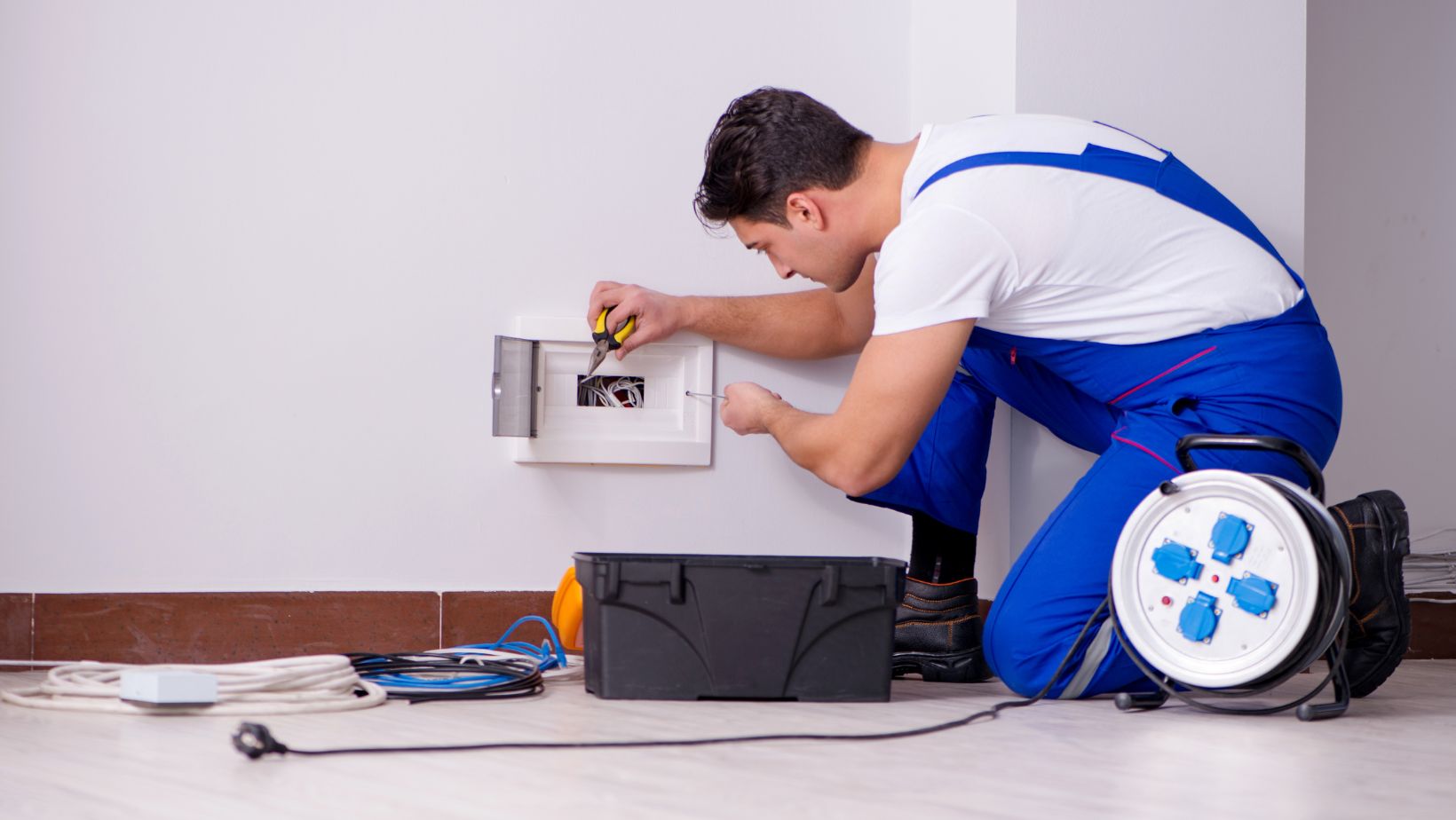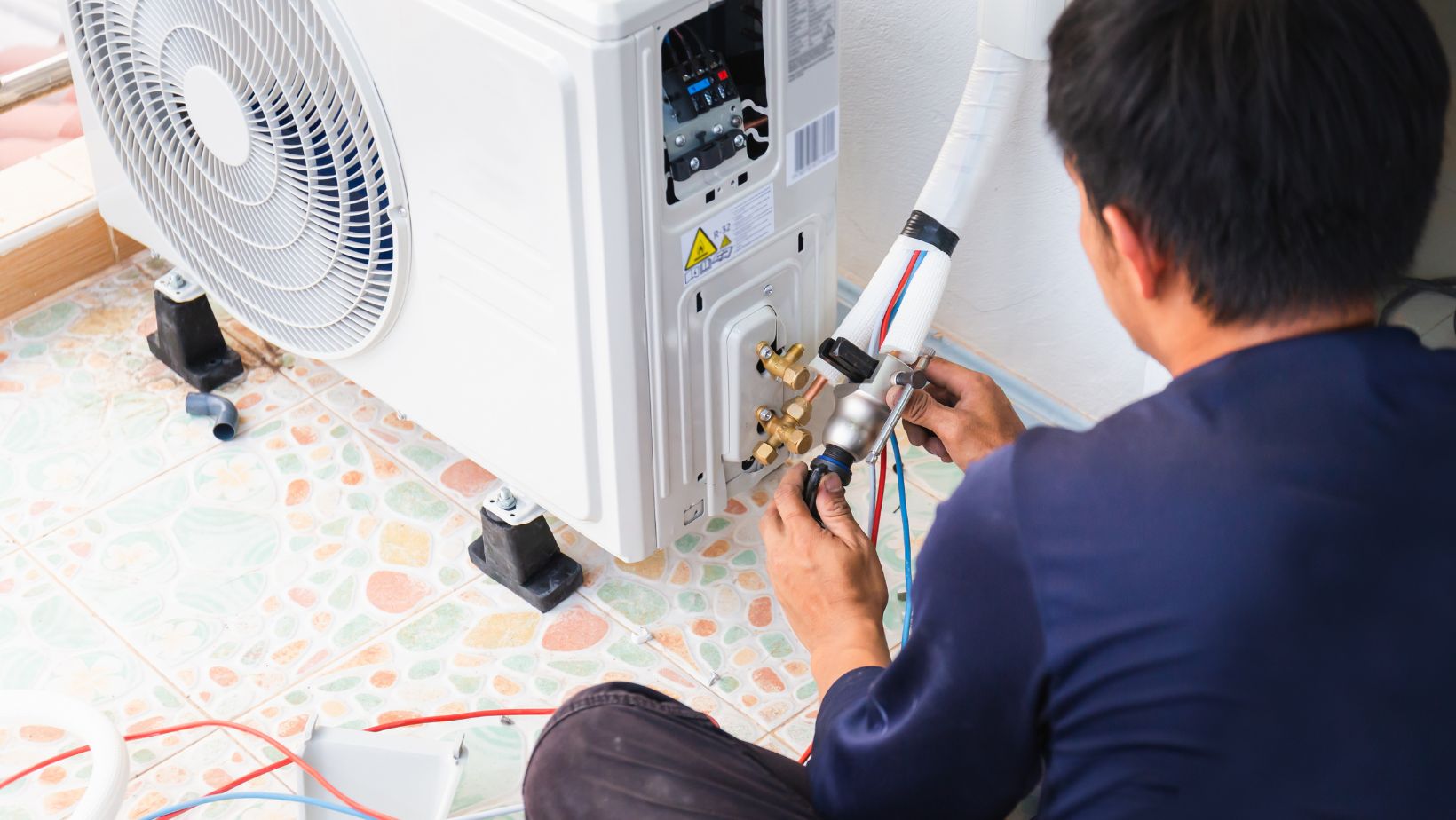
Taking care of your home can feel empowering. You fix the leaky faucet, touch up paint on the porch, and maybe even lay your own tile if you’re feeling bold. There’s pride in saving money and learning how things work. But even the handiest homeowner needs to know when to stop and call in someone with a license, a tool belt, and liability insurance. Not every project belongs in your Saturday lineup. In fact, some can put your health, wallet, or entire property at serious risk. So before you fire up YouTube and grab your drill, let’s talk about five things you should never try to DIY—unless you’re ready to deal with consequences that aren’t worth the “I did it myself” bragging rights.
1. Major Plumbing Repairs Can Flood Your Confidence
Swapping out a showerhead or tightening a leaky valve? Totally doable. But when it comes to anything deeper—like replacing pipes, rerouting water lines, or digging into sewer connections—it’s a whole different story. Plumbing isn’t just about getting water where it needs to go. It’s about keeping waste out and clean water in, without contamination, leaks, or long-term damage.
Start pulling apart walls or cutting into main lines without understanding what you’re doing, and you might end up flooding your floors, backing up sewage, or worse—messing with pressure systems that impact your whole house. And when that happens, you’re not just calling a plumber; you’re also paying for water damage repairs, mold remediation, and maybe even insurance battles you didn’t expect to fight. It’s one of those areas where a small mistake can snowball fast, and by the time you notice it, your home might already be soaked.
2. Electrical Work: It’s Not Just About Flipping a Switch
Electricity is invisible until it isn’t. That’s what makes it so dangerous. A wire may look harmless. A breaker may seem simple. But one wrong move behind your walls could fry your entire system—or worse, hurt someone. Changing a light fixture or installing a dimmer switch can usually be done safely if you follow instructions and turn off the power. But the deeper you go—rewiring rooms, upgrading panels, adding new circuits—the more you risk serious injury or fire.
And here’s where it gets even riskier: if your home isn’t up to code after a DIY electrical job, you might not just face safety issues. You could void insurance coverage, fail inspections when you go to sell, or be forced to redo everything by a licensed professional anyway. That’s a hard lesson, and it usually comes after you’ve already spent time and money doing it wrong. DIY vs professional electrical work might sound like a debate, but when you really break it down, there’s not much to argue.

Unless you’re certified and trained, the only wire you should be touching is the one plugging in your toaster.
3. Tree Removal Isn’t Just a Chainsaw and Guts
It’s tempting to think of a tree like a big, leafy inconvenience. Maybe it’s dropping limbs on your roof or leaning a little too close to your power lines. You figure, hey, I’ll just cut it down myself. But the physics of tree removal don’t work like cartoons. Trees don’t always fall the way you think they will, and gravity isn’t on your side if you miscalculate.
Even if you manage to get it down without crushing your fence or someone’s garage, you still have to deal with the stump, root system, and hauling all that wood away. Professionals don’t just show up with chainsaws. They use harnesses, cranes, and a whole lot of training to avoid deadly mistakes. It’s one of those jobs that looks easy until you’re standing there, sweaty and terrified, watching a massive trunk fall in the wrong direction.
4. HVAC Installation Is More Than a Weekend Project
Let’s say your old unit finally gives out, or maybe you’re upgrading your home to be more efficient. You do some price comparisons, watch a few tutorials, and think, “Hey, how hard can it be?” The truth is, installing a cooling system involves more than just plugging something in. It’s one of the most complex systems in your home, requiring detailed load calculations, precise ductwork, refrigerant handling, and electrical work.
Improper installation doesn’t just mean poor performance. It can lead to energy waste, system failure, carbon monoxide risks, or frozen lines—and that’s just the start. Air conditioning installation should never be a guesswork game. And in many states, it’s actually illegal to handle certain components without a license.

Hiring a pro means you’ll get a unit that works efficiently and safely, without the guessing game or the added stress of wondering if you just made your summer more miserable than it needs to be.
5. Foundation Repairs Can Wreck Your Whole House
When cracks show up along your walls or your doors start sticking, it might be more than just age. You could be dealing with foundation issues—and that’s the kind of problem that makes grown adults sweat. The thing is, these problems often start small. A little crack here, a sagging floor there. And then, before you know it, you’re staring at structural problems that affect every room in your house.
Tempted to DIY it with a trip to the hardware store and a few buckets of sealant? That’s not going to cut it. Foundation work requires soil analysis, engineering reports, hydraulic tools, and often permits. It’s serious business, and doing it wrong can make your house literally unsafe to live in. Even the pros don’t always agree on the right fix—that’s how complex it can be. So don’t try to slap a patch on it and hope for the best. Call in someone who can actually get to the root of the problem—before your house starts shifting under your feet.
Final Thoughts
There’s something satisfying about taking care of your own home. But knowing when not to take on a project? That’s just as important—if not more so. Some jobs come with risks that are too high, mistakes that are too costly, or consequences that show up months or even years later. So keep the DIY spirit alive—but save it for projects that won’t put your safety, your finances, or your property on the line. When in doubt, trust the people who do it for a living.












